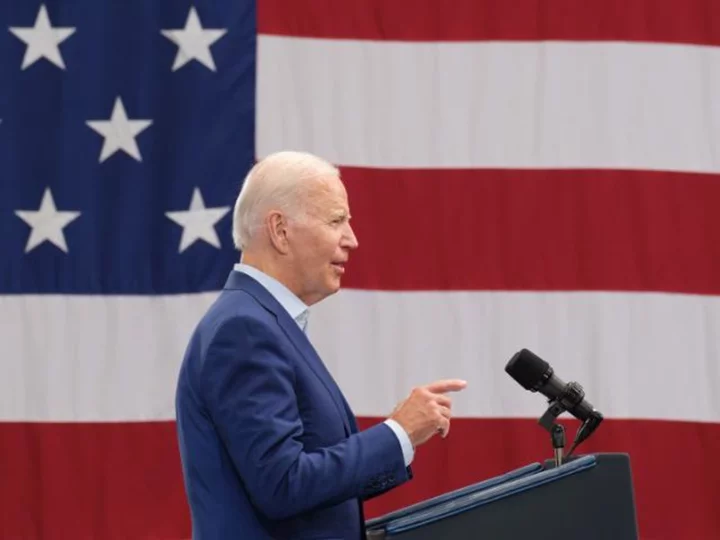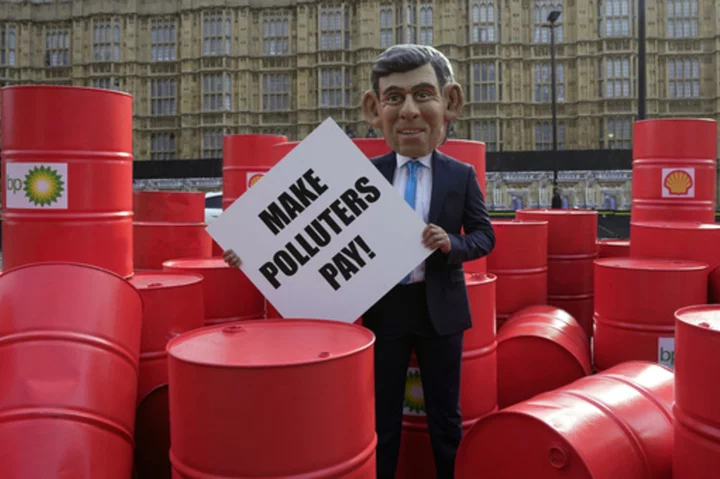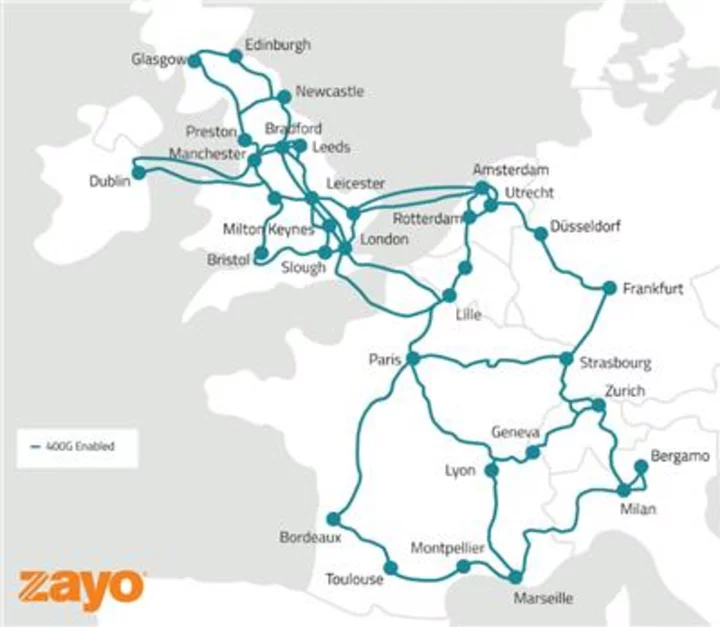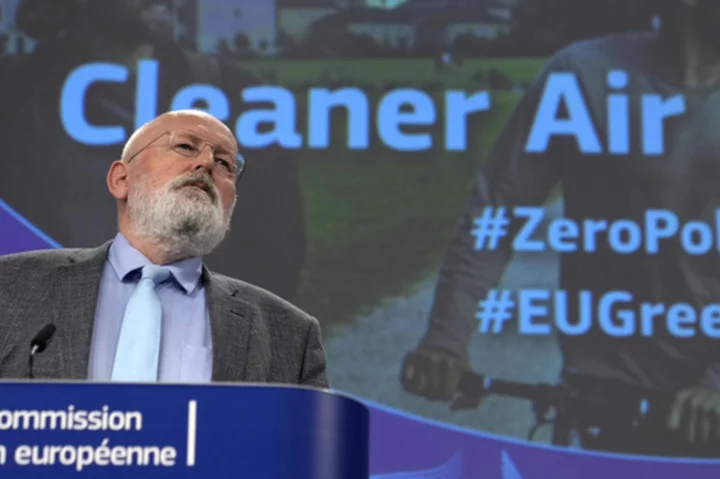Rural Mingo County, West Virginia, is one of America's poorest counties. Nearly one-third of its residents live below the poverty line, only a third of its population is employed and countless lives have been upended by opioid addiction.
But this community in the heart of Appalachia scored a badly needed win this April when Adams Fork Energy and CNX Resources unveiled plans to build the nation's largest clean ammonia production facility there.
The $3 billion project, set to be located on a reclaimed coal mining site, is expected to support 2,000 construction jobs and generate an influx of tax revenue.
This is just one example of a struggling community that has landed a major investment in clean energy since President Joe Biden signed the Inflation Reduction Act into law exactly one year ago Wednesday.
The $750 billion law — the largest climate investment in US history — has helped spark a boom in private investment, especially in clean energy, electric vehicles and batteries.
Importantly, many of these clean energy projects are set to be built in communities that really need the help.
Counties that have won investment in IRA-related sectors tend to be poorer than the average county, according to a Treasury Department analysis shared first with CNN.
Low-wage, high poverty counties land investment
For instance, almost 90% of the announced investments in IRA-related sectors are in counties with below-average weekly wages, the analysis found. More than 80% are in counties with lower college graduation rates than the national average.
In Mingo County, just 9% of the residents are college graduates, well shy of the national average of 36%.
"These communities are poised to reap huge benefits from new investment. New plants could bring people into the labor force who have been left behind," the Treasury analysis finds.
About two-thirds (65%) of the announced investments in IRA-related sectors are in counties with above-average poverty rates and child poverty rates, according to the research.
Fayette County, Ohio, located about 40 miles southwest of Columbus, has a child poverty rate of 24.6% — well above the national average of 15.3%.
But last fall, months after the IRA was signed into law, Honda and LG Energy Solution unveiled plans to create a new electric vehicle hub in Marysville, Ohio. The $4.4 billion investment is expected to create 300 new jobs and support countless existing ones.
"The Treasury Department's new analysis shows for the first time that investments in the clean energy economy are disproportionately benefitting communities that have been left behind for too long—communities where potential exists but opportunity has been scarce," Deputy Treasury Secretary Wally Adeyemo exclusively told CNN in a statement.
'Bang for the buck'
These investments in poorer communities are no coincidence.
The Treasury notes that, in an effort to get the highest "bang for the buck," the IRA includes incentives that provide companies bonuses when they locate clean energy generation investments in low-income and high-unemployment areas.
"Making such investments in our manufacturing sector can increase economic returns for economically disadvantaged or struggling communities when the associated job creation occurs within those communities," the Treasury paper states.
That especially makes sense because many other parts of the country are dealing with a shortage of workers. Building there would only add to demand for labor.
Importantly, Treasury researchers say they are not claiming the location of the investments were chosen due to the design of the IRA. The paper acknowledges it's too early to study how effective these incentives are, noting it may be years before there is enough data to determine this.
"But regardless of the reasons, the fact that IRA-related investments appear to be concentrated in lower-income places suggests that not only will these investments provide opportunity to communities that need it the most, but they will also leverage the most promising regions for national productivity growth," Treasury researchers write.
$132 billion in private investment
More than 270 new clean energy projects have been announced since the passage of the IRA, generating $132 billion of private investments that are expected to create 86,000 jobs, according to a Bank of America analysis.
"Thus far, this investment is not only working to strengthen supply chains but also to boost domestic manufacturing and create new jobs," Bank of America concludes.
If anything, there are concerns about how to meet all the demand for the critical minerals and copper that are central to the energy transition.
Total energy transition-related demand for lithium, nickel and cobalt will be 23 times higher in 2035 than in 2021, according to an analysis released Tuesday by S&P Global.
"Challenges remain in securing supply of critical minerals needed to meet growing demand and achieve its goal of accelerating the energy transition," Daniel Yergin, vice chairman of S&P Global, said in a statement.









